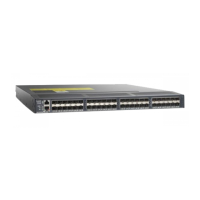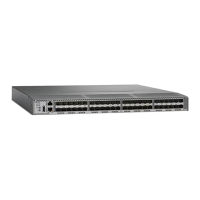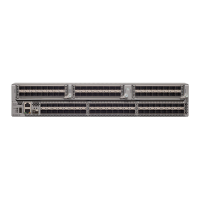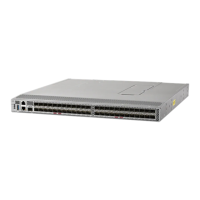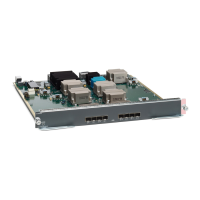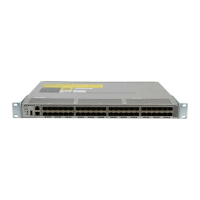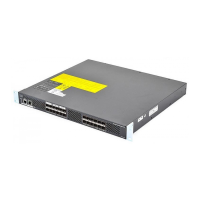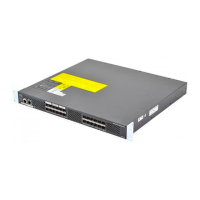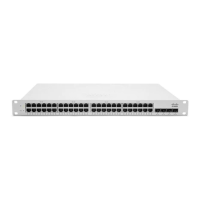Preparing for Network Connections
When preparing your site for network connections to the Cisco MDS 9700 Series switch, consider the following
for each type of interface, and obtain all of the required equipment before connecting the ports:
• Cabling required for each interface type
• Distance limitations for each signal type
• Additional interface equipment required
Connecting to the Console Port
To connect the console port to a computer terminal, follow these steps:
Before you begin
• The console port, labeled Console, is an RS-232 port with an RJ-45 interface. It is an asynchronous
(async) serial port; any device connected to this port must be capable of asynchronous transmission.
This port must be used to initially configure the management IP address and other parameters before
connecting the switch to the network for the first time.
The console port can be used to connect to a modem, however, we recommend
using the COM1 port for this purpose. If you decide to connect the console port
to a modem, do not connect it while the switch is booting; connect either before
powering the switch on or after the switch has completed the boot process.
Caution
• You can use the console port to perform the following functions:
• Configure the Cisco MDS 9710 Director from the CLI.
• Monitor network statistics and errors.
• Configure SNMP agent parameters.
• Download software updates.
To connect the console port to a computer terminal, the computer must support
VT100 terminal emulation. The terminal emulation software—frequently an
application such as HyperTerminal or Procomm Plus—makes communication
between the switch and computer possible during setup and configuration.
Note
Step 1 Configure the terminal emulator program to match the following default port characteristics: 9600 baud, 8 data bits, 1
stop bit, no parity.
Cisco MDS 9700 Series Switches Hardware Installation Guide
106
Connecting the Cisco MDS 9700 Series Switches
Preparing for Network Connections

